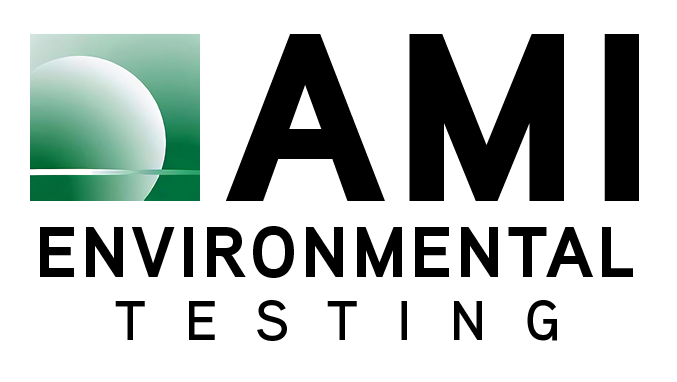Silica dust exposure is very dangerous. It remains a serious threat to nearly two million U.S. workers. Those affected the most by silica dust work in high risk jobs that deal with abrasive blasting, tunneling or quarry work. Breathing in the silica dust, which is a carcinogen, can be fatal. The damage done to the lungs is irreversible. As silica dust enters the lungs it scratches the surfaces causing scar tissue that blocks the absorption of oxygen.
What is crystalline silica?
Crystalline silica is a basic component of sand, granite, soil, and many other minerals. The most common form of crystalline silica is quartz. Tridymite and cristobalite are the two other forms of crystalline silica. All three forms may become respirable size particles when workers drill, cut, grind, or chip objects that contain crystalline silica. The small particles that come from processes such as drilling, cutting and grinding can lead to many diseases that have debilitating effects on the lungs.
What are the hazards of crystalline silica?
The serious health hazards associated with silica dust exposure are shown by the fatalities and disabling illnesses that result. Many fatalities and disabling illnesses are seen in the field of sandblasting and rock drilling. Breathing crystalline silica dust can cause the lung disease silicosis. The respirable silica dust enters the lungs and causes the formation of scar tissue, which reduces the lungs’ ability to take in oxygen. Since silicosis affects lung function, it makes one more susceptible to lung infections like tuberculosis. Crystalline Silica has also been classified as a human lung carcinogen.
Where are general industry employees exposed to crystalline silica dust?
Crystalline silica is used in manufacturing, adhesives, household abrasives, soaps, paints, and glass. Additionally, crystalline silica exposures occur in the maintenance, repair and replacement of refractory brick furnace linings. The most severe exposures to crystalline silica result from abrasive blasting. Exposures can also occur during processes that smooth and clean irregularities from jewelry, molds, finish tombstones, and foundry castings, frost glass, or from the removal of oils, rust, dirt, or paint. Other exposures to silica dust occur in asphalt pavement manufacturing, brick and cement manufacturing, china and ceramic manufacturing and the tool and die, steel and foundry industries.
How can AMI Environmental protect employees and the reputation of business?
At AMI Environmental, our main goal is to assist businesses and create a safe working environment, while adhering to government regulations. With decades of experience, our Industrial Hygiene Professionals work to help our clients not only protects your workers but also manage risk. Allowing you to then enjoy the peace of mind knowing your employees will be protected from harm. AMI will work to establish and maintain a safe work environment, including surveying your facility for risks; provide testing within your facility; maintain testing protocol; and assist in the recording process. If you have any questions or concerns, please contact Doug Marshall at [email protected].



